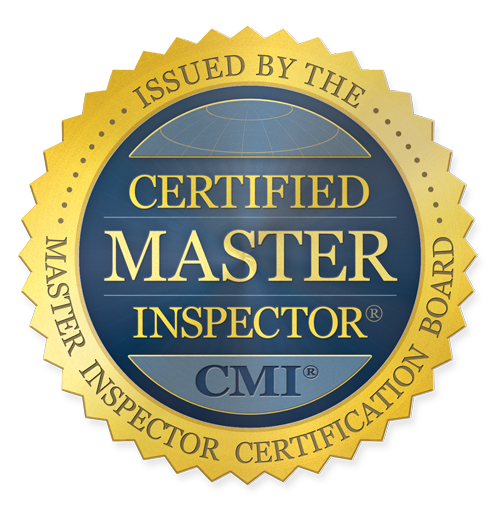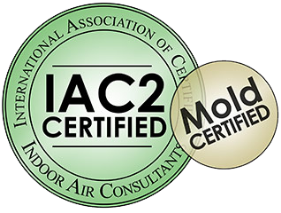Wind mitigation credits are a relatively recent invention, but they can be an essential ally in ensuring your home can withstand high wind and storm conditions. A wind mitigation inspection could also help you reap significant savings on insurance premiums.
Wind Mitigation Inspections: Helping Clients Stay Safe & Save on Insurance
After a string of nasty hurricane seasons, a number of insurance companies nearly went bankrupt reimbursing homeowners for damage to their homes. Ensuing insurance and construction scams only added to the problem, which led to legislated regulations protecting insurers from an obligation to replace outdated or poorly maintained roofs.
You can’t stop a hurricane, but you can ensure that your home has what it takes to withstand one. That’s the logic behind incentivizing wind mitigation. And what better way to do this than by offering discounts on homeowner’s insurance?
Here is a general list of what we assess during a wind mitigation inspection, which can be a stand-alone inspection or derived from a full home inspection.
Step 1: The Building Code
The first step is to note the age of the house and the roof. This is to determine whether it complies with more recent and strict Florida building codes.
NOTE: Any items we red flag on the inspection report serve as your “To do” list. Once you’ve hired a licensed roofer or contractor to address them, you can provide our report and proof of their correction to your insurance agent for review.
Step 2: The Roof Covering
Every roofing material has its own pros and cons, including its ability to withstand high winds and rain. The type of shingles on your roof and their overall condition are important in determining how well it will hold up against wind. Typically, metal roofing is considered the least vulnerable to wind. This is not an area where you’ll likely see huge savings, but it’s still a consideration.
Step 3: The Roof-Deck Attachment
The roof-deck attachment refers to how the roof sheathing is attached to the trusses. This takes into account the length and spacing of the nails used. Only the weakest form of attachment is considered when it comes to wind mitigation credits, so if parts of the roof-deck attachment are older, you won’t save as much.
Step 4: The Roof To Wall Attachment
This step determines whether the roof is attached to the wall with toe nails, clips, single wraps, or double wraps. Toe nails are the weakest, and double wraps are the strongest.
Step 5: The Roof Geometry
The shape and slope of a roof significantly impact its ability to withstand high winds. In fact, having the right roof geometry yields the most significant homeowners insurance savings.
Homes with a “hip roof” — one that slopes down on all sides — fare best during significant storm events.
Step 6: Secondary Water Resistance
A secondary water resistance barrier provides an additional layer of protection in the event that your roof is damaged. These secondary layers were added to the building code in 2002. If your roof has been replaced since then, but you don’t have the paperwork, it’s worth scheduling a roof inspection.
It used to be common practice to lay new roofing materials over the old ones and call it a roof replacement. So, even though it seems like your roof is “new enough,” it may still lack the level of waterproofing insurance companies want to see.
Step 7: Opening Protection
Finally, it’s time to check if all openings (windows, doors, cellar entrances, etc.) have some form of protection against wind and rain. This is another section where it’s all or nothing. You won’t get any insurance credits for having partial protection.
We can’t tell you for sure whether you’ll save money, but many people do. In addition, wind mitigation reports are valid for up to five years, so even minimal savings will eventually cover the inspection cost.
Step 8: Verifying proper tie-downs
If you live in a manufactured or mobile home, it’s imperative that you have proper tie-downs and that they’re in good shape. Instead of a wind mitigation inspection, you want to schedule a tie-down inspection, which is essential to keeping your home and occupants as safe as possible.
Schedule Your Wind Mitigation Inspection with SIP
Getting a wind mitigation inspection is one of the first steps in taking action to secure your home well before storm season rolls around. Please contact us at Super Inspection Pros today to learn more about wind mitigation inspections or schedule your inspection appointment.
We guarantee inspection dates within 72 hours of making contact and provide our final inspection reports within 24 hours or less after the inspection is complete.

